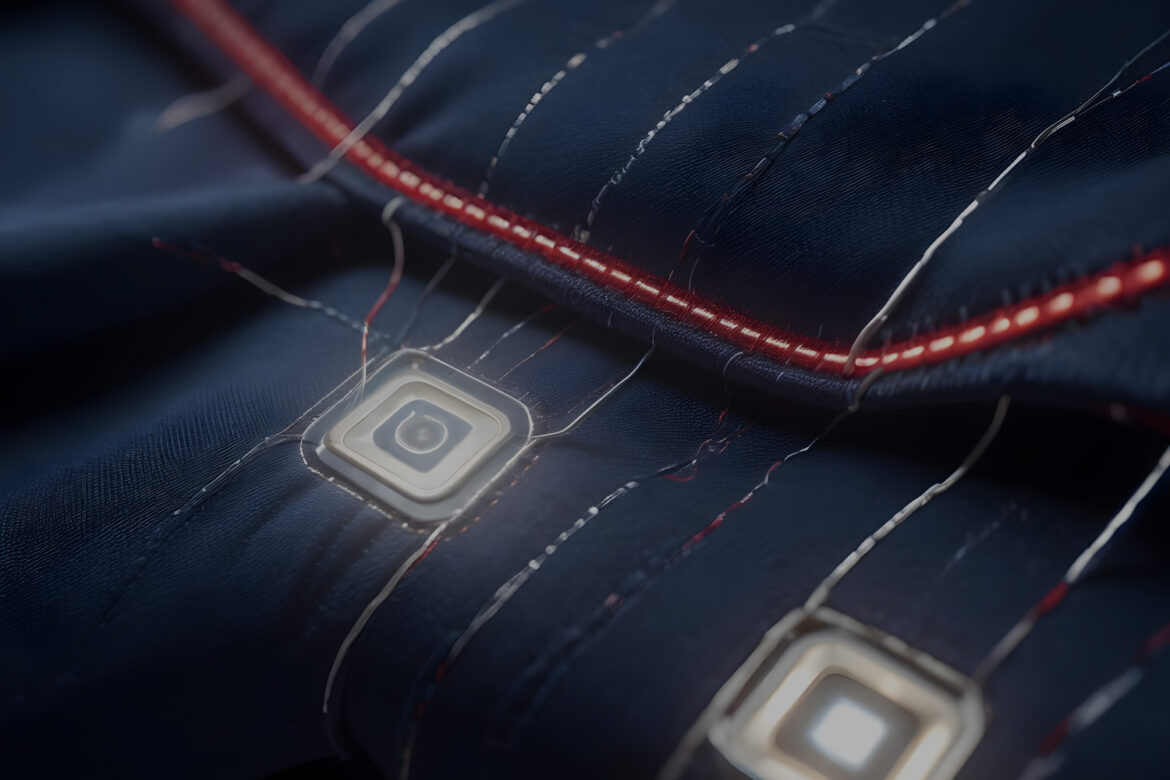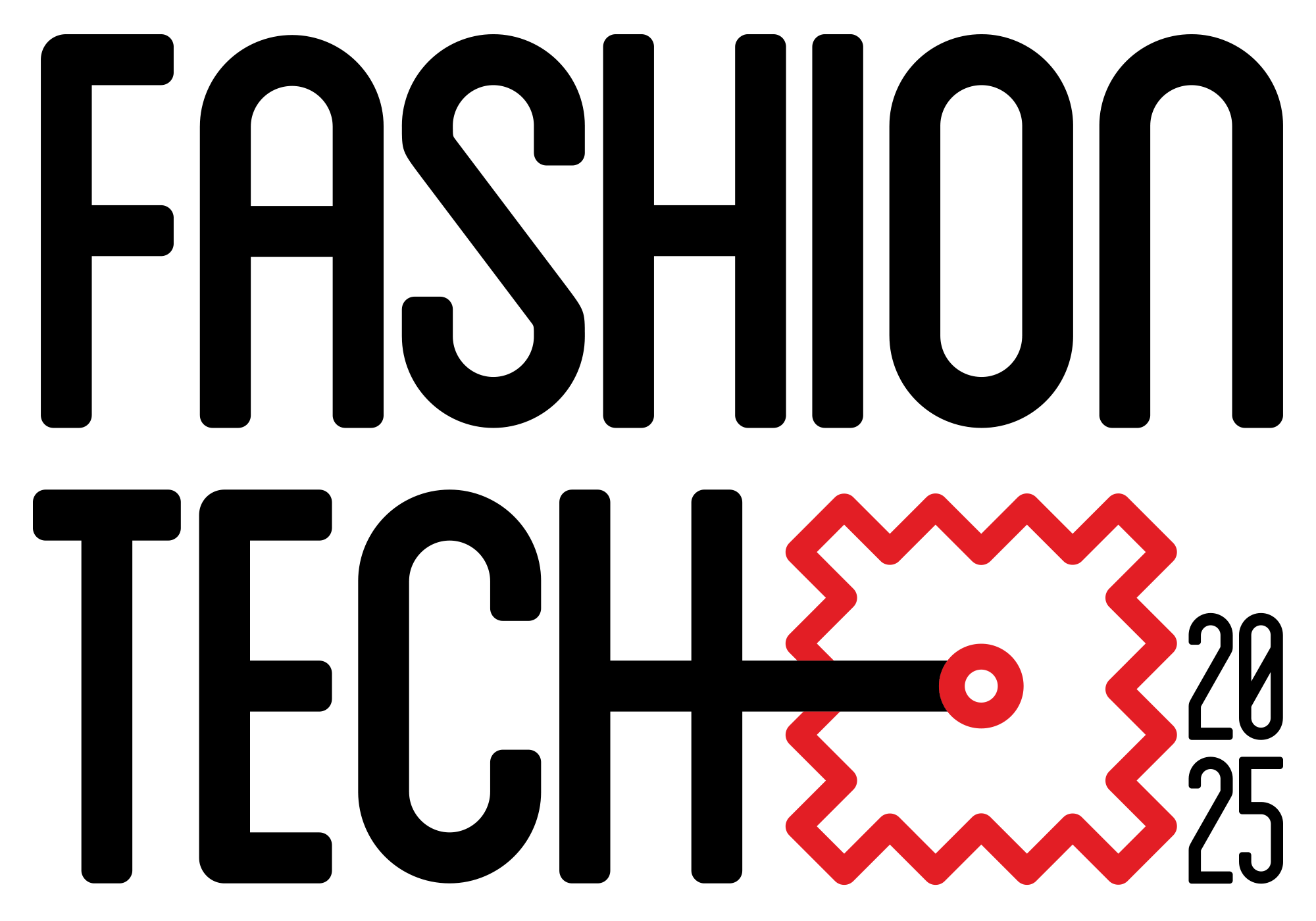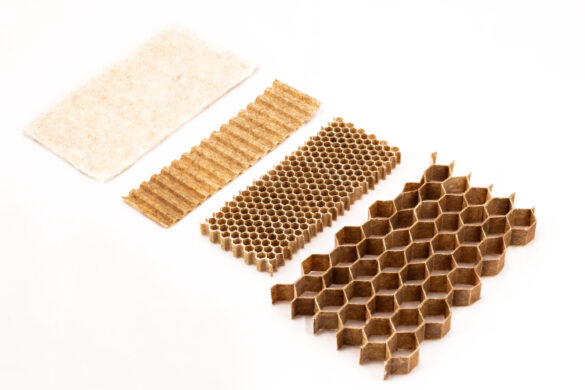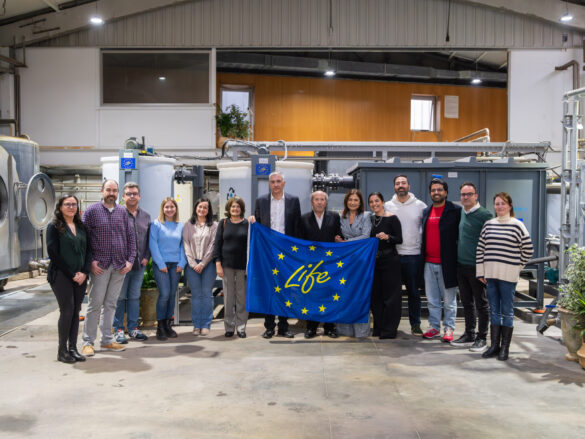
![]()
High value-added solutions for strategic markets
RESEARCH AND DEVELOPMENT OF SYSTEMS TO INTEGRATE COMPONENTS INTO SUSTAINABLE TEXTILES FOR FASHION AND HABITAT
FASHION TECH 2025
Motivation
As electronic components become smaller, more flexible, and more efficient, e-textiles are expanding their potential by incorporating circuits and functional elements into their structure, enhancing the value of everyday objects. This allows many designers to explore new forms of creativity and innovation in fashion and modern home environments, using technology as a tool. Thanks to advances in miniaturization and flexibility, these textiles can include sensors, actuators, and other technologies that interact with the environment and respond to external stimuli.
They also offer a high degree of personalization, enabling the creation of products tailored to each user’s style, comfort, or functional needs. The ability to modify material characteristics in real time marks the beginning of a new era of products that directly adapt to individual preferences.

Objectives
Incorporate various electronic elements (sensors, actuators, PCBs, etc.) into different types of fabrics, and implement sustainability by valuing textile waste and eco-design:
- Creation of a capsule collection (2–3 garments) made with natural dyes and vegan leather accessories.
- Development of garments incorporating actuators (LEDs, optical fibers, servos, speakers, etc.) that respond to both constant stimuli and the user’s biological variations (such as pulse), enabling the creation of personalized and unique pieces.
- Thermochromic garments/home elements that change color according to the color spectrum of their surroundings, through integrated color and light sensors.
- Development of items with integrated motion sensors and LED lights.
- Interaction/development of multi-coil wireless charging systems in textiles for home applications.
- Design of enclosures that adapt to curves and surfaces according to shape and size requirements.
- Application of eco-design principles to smart textiles, taking into account their recyclability and circularity.
Expected results

-
Integration of Technology and Sustainability: The main objective of the project is to merge innovative design with advanced technology in the e-textiles sector, exploring the incorporation of various electronic components into fabrics. The goal is to create functional and cutting-edge products, positioning AITEX as a key reference in the fashion and tech-enabled habitat sectors, while promoting sustainability using textile waste and eco-design.
-
Development of Customized and Functional Solutions: The aim is to develop textile products that are not only aesthetically appealing but also offer practical, interactive, and personalized solutions, enhancing the user experience in both fashion and home environments.
-
Promotion of Eco-Design: To encourage the use of recyclable materials, reduce environmental impact, and promote circularity in the developed products. The goal is to integrate these eco-design principles into the development of e-textiles, creating products that are both innovative and environmentally responsible.
Grant number: PENDING
Programme: Plan of non-economic activities 2025
Period of execution: January 2025 – December 2025
Status: In progress
More information: PLAN OF ACTION
Entity: IVACE

Project supported by the Ministry of Innovation, Industry, Commerce and Tourism of the Generalitat Valenciana, through IVACE.

CONTACT US
Do you want to contact us? Click on the button and write to us.
R&D AREAS
NEWS
AITEX will be present at the new edition of In-Cosmetics 2025, which will be held from 8 to 10 April in Amsterdam. Find out about our laboratory testing and R&D services. Stand 5D12.
The technology centre AITEX and the investment vehicle REDIT Ventures create, in co-investment, the new company Honeytex, focused on the manufacture of advanced materials based on honeycomb cores.
The European LIFE ANHIDRA project will reduce the environmental footprint of one of the industries with the highest global water consumption.










